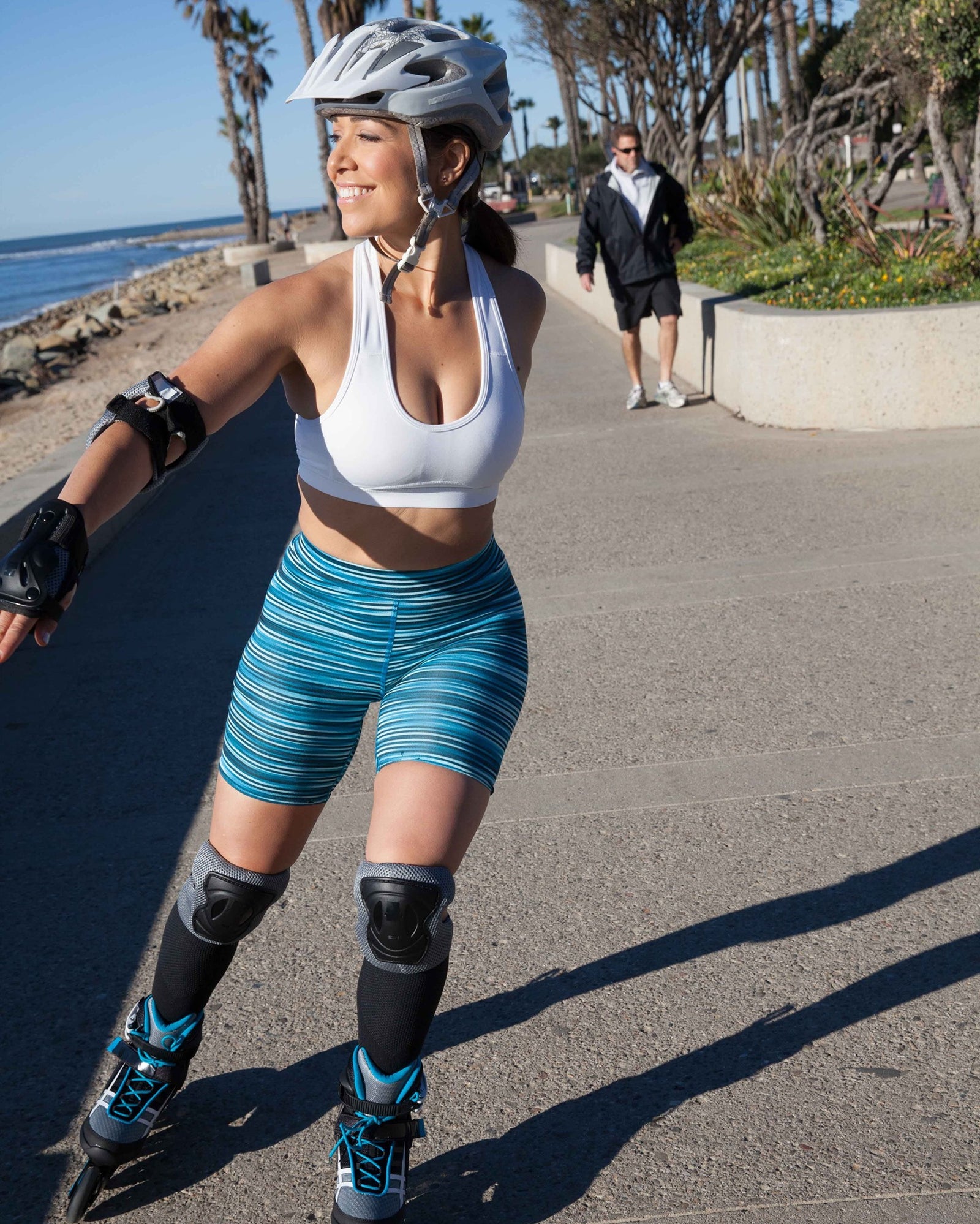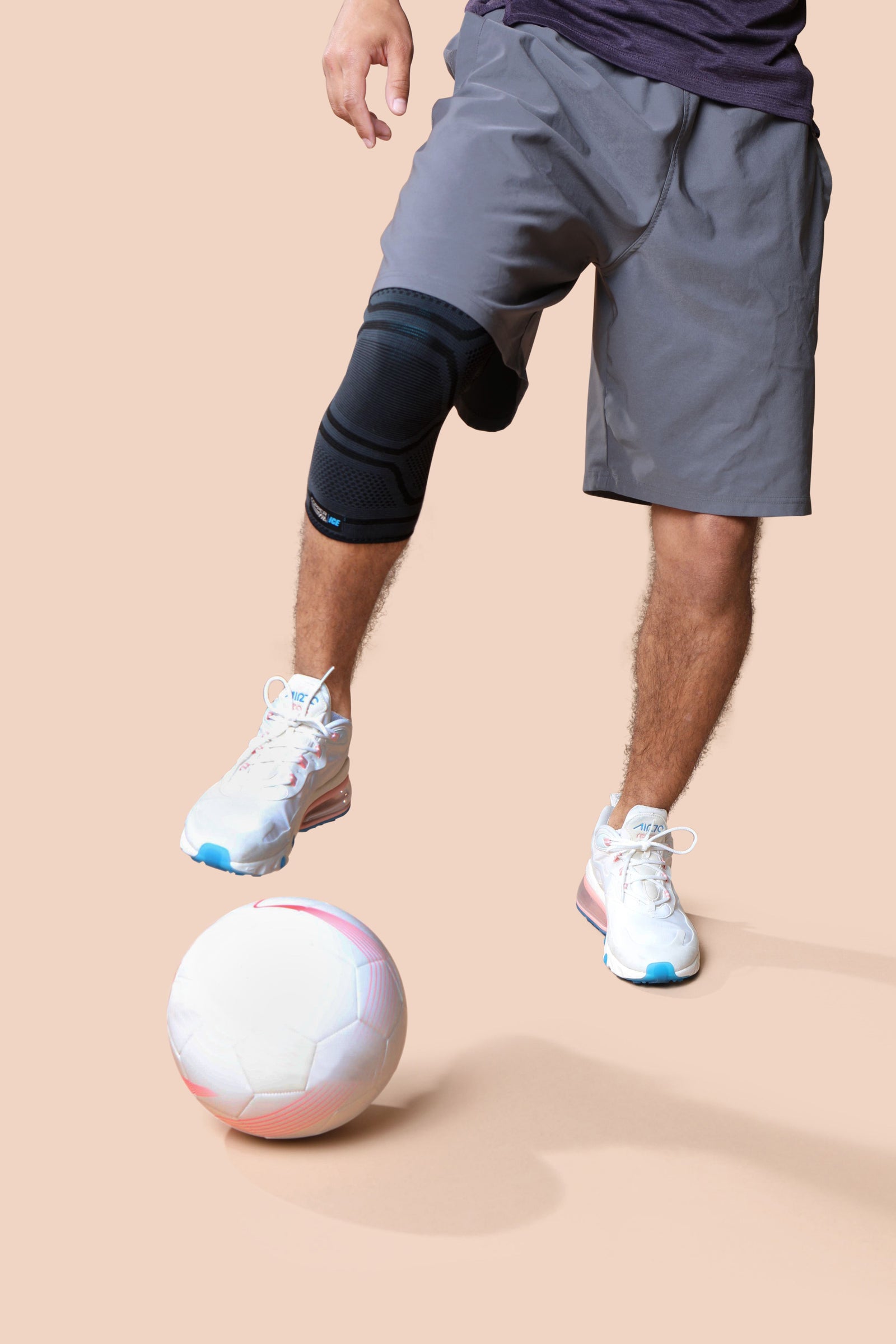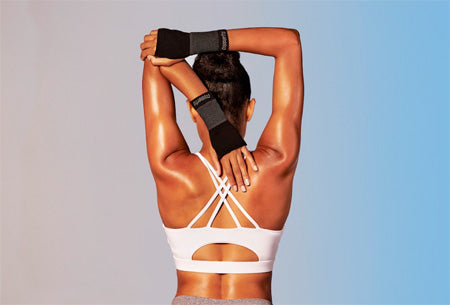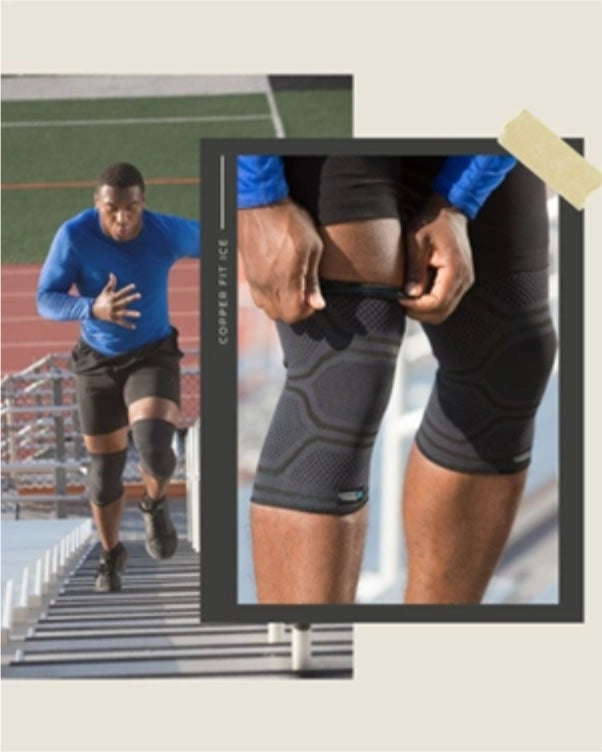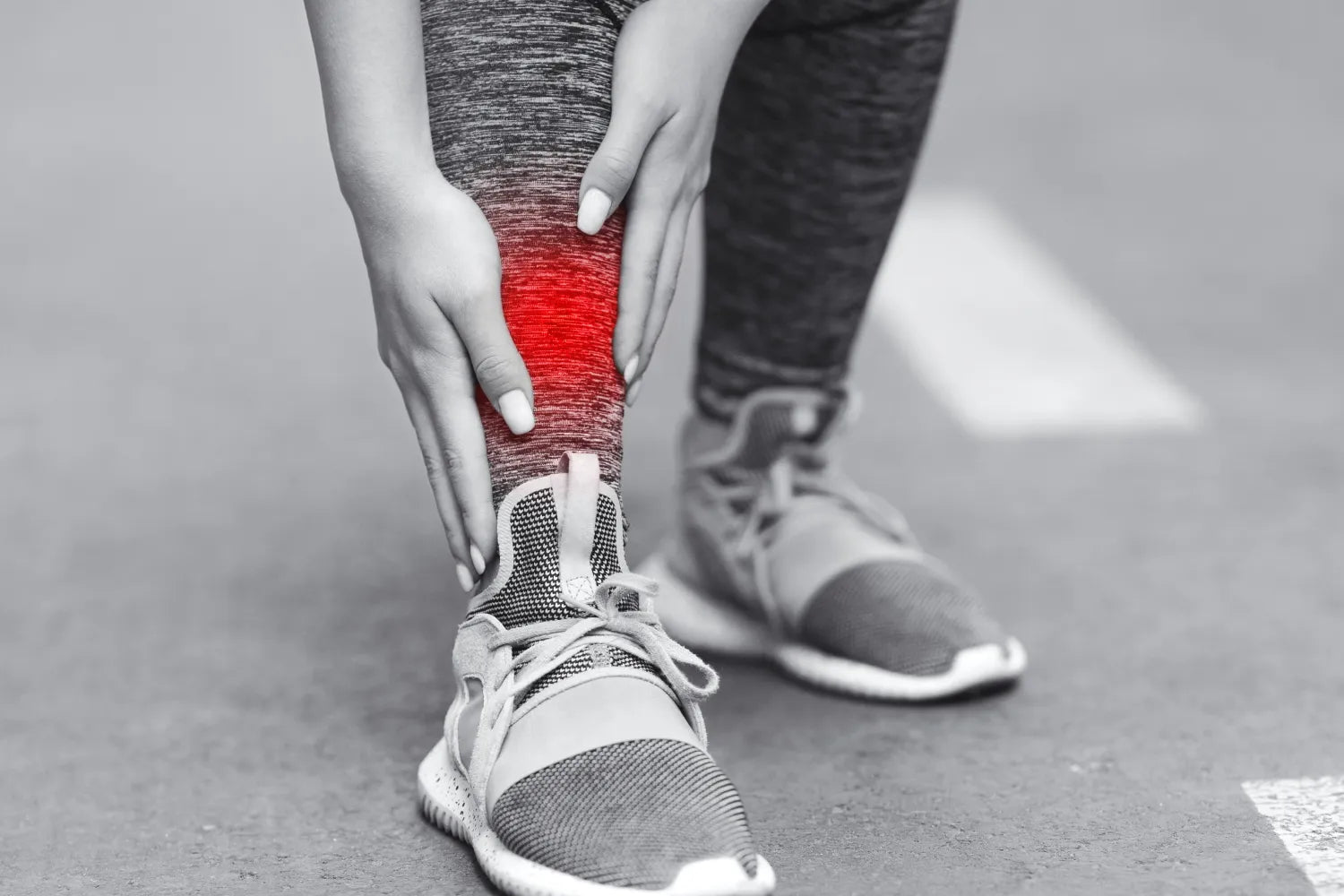
Key Takeaways
- Shin splints are a common source of lower leg tension for runners, but consistent training habits and mindful recovery can help prevent them.
- Strength training, proper footwear, and compression wear can ease discomfort and support healthy blood flow.
- Rest and recovery routines are just as important as your running schedule for long-term performance and mobility.
Shin splints are one of the most common challenges runners face, from beginners to seasoned athletes. They’re a sign that your body is working hard but also asking for a bit more care. The good news is that with the right approach, you can stay active and keep your legs feeling strong and supported.
Preventing shin splints is all about running smarter. That means building strength, balancing intensity with recovery, and using supportive gear like compression sleeves to help your body perform at its best.
Let’s explore nine simple but powerful ways to avoid shin splints and keep your training on track.
What Are Shin Splints?
Shin splints, or medial tibial stress syndrome, describe soreness along the front or inner side of the lower leg. They develop when the muscles and connective tissues around the shinbone experience repetitive stress, often from sudden changes in training or poor running mechanics.
This tension can make each step uncomfortable, especially during or after a workout. While they’re common, shin splints are preventable.
How To Avoid Shin Splits
Discomfort in the shins doesn’t have to be a part of your running journey. Adjusting your training habits, strengthening supporting muscles, and taking recovery seriously can help you avoid this common injury.
1. Build Up Gradually
One of the most common causes of shin splints is doing too much, too soon. When your body doesn’t have time to adapt, the muscles and tendons in your lower legs experience more tension than they can comfortably handle.
To avoid this, increase your weekly mileage or workout intensity by no more than about 10 percent. This steady progression gives your muscles time to strengthen and adapt naturally. You’ll not only reduce your risk of discomfort but also build endurance and resilience that lasts.
Consistency beats intensity. Whether you’re training for your first 5K or improving your pace, slow, steady progress keeps your body healthy and your goals within reach.
2. Focus on Proper Running Form
Running form matters more than most runners realize. Landing too heavily on your heels or overstriding increases impact on your lower legs, leading to unnecessary tension. Aim for a midfoot strike, light landings, and an upright posture with relaxed shoulders. Your ears should be over your shoulders, and your eyes focused about 10–20 feet ahead of you.
Good form helps your muscles work efficiently and reduces strain on your shins. If you’re unsure about your gait, record yourself running or visit a specialist for a form analysis. Small corrections—like shorter strides or stronger hip engagement—can make a big difference over time.
Your body performs best when movement feels natural and balanced. Think about alignment, control, and rhythm in your stride rather than speed alone.
3. Strengthen Supporting Muscles
Your calves, ankles, and core all play key roles in absorbing impact and stabilizing your body when you run. When these muscles are weak, your shins work harder to compensate, which can cause soreness.
Adding strength exercises just a few times a week can help. Try calf raises, toe raises, heel walks, and resistance band exercises for the ankles. Don’t skip core training—planks and bridges help with overall stability and balance.
Stronger muscles reduce the likelihood of shin splints and help improve running performance, posture, and endurance. The more support your body has, the better it can handle repetitive motion without discomfort.
4. Choose the Right Footwear
Your shoes are your foundation. Worn-out or improper footwear can create extra stress on your shins and knees. Choose running shoes that match your gait and provide adequate cushioning and support. Most running shoes need to be replaced every 300–500 miles, depending on how often you run and the surfaces you train on.
If you’re unsure about your shoe type, visit a specialty running store for a fitting. Professionals can assess your stride and recommend shoes that fit your running style and arch type.
You can also support comfort and circulation with compression socks or sleeves. These help maintain healthy blood flow, soothe post-run soreness, and make recovery feel smoother.
5. Run on Softer Surfaces When Possible
Hard surfaces like concrete increase the impact your legs absorb with every stride. While it’s not always possible to avoid them, alternating your runs between softer surfaces can make a big difference.
Soft surfaces help minimize repetitive stress and give your joints and muscles a break. Even a few runs a week on varied terrain can support better overall recovery and reduce lower-leg tension.
6. Warm Up and Cool Down
A proper warm-up preps your muscles for activity, while cooling down helps them recover afterward. Skipping either increases your risk of tension or tightness in the shins.
Before running, spend five to 10 minutes doing dynamic movements like leg swings, lunges, or gentle skips to increase circulation. Afterward, focus on static stretches, especially for your calves, hamstrings, and ankles.
You can also add foam rolling or light massage to ease tight areas. These practices promote muscle relaxation, which helps the body recover naturally between workouts.
7. Rest and Recover Properly
While it may feel tempting to keep going and keep pushing once you're in the groove of a running routine, rest is an essential part of progress. Muscles repair and strengthen during recovery periods, not during the run itself. Without enough rest, you risk tension and longer recovery times.
Include rest days in your weekly routine, and rotate in active recovery sessions such as walking, swimming, or yoga. During recovery, compression sleeves or wraps can help soothe tension and support circulation, allowing your muscles to relax more effectively.
Your body performs best when it’s cared for. Respecting downtime helps you come back stronger, ready for the next challenge.
8. Listen to Your Body
Your body gives feedback with every run, including tightness, soreness, and fatigue. These are all messages worth listening to. If your shins start feeling unusually tense, it’s okay to scale back. Rest, ice, stretch, and reassess your form or mileage.
Ignoring early signs can lead to longer recovery periods. Being proactive keeps discomfort temporary and manageable. Remember, training smarter leads to greater longevity in your fitness journey.
9. Support Your Recovery Routine
The small habits outside your workout matter just as much as your training itself. Hydration, nutrition, quality sleep, and mobility work all contribute to muscle health and recovery.
Compression gear, gentle stretching, and alternating hot and cold therapy can help soothe discomfort and promote relaxation. Heat can be useful for older strains, while cold helps with recently irritated areas.
Together, these methods support your body’s natural ability to recover and stay ready for activity. By investing in recovery, you help your muscles perform better, longer, and with less tension.
FAQs
What are the best stretches to prevent shin splints?
Calf stretches, toe raises, and seated ankle flexes are effective for loosening tight muscles around the shin. These can be done daily to maintain flexibility and support proper muscle balance.
Can compression sleeves really help with shin splints?
Yes. Compression sleeves help support healthy blood flow, soothe post-run soreness, and promote a fast recovery. They can be worn during activity or recovery to help soothe tension and discomfort naturally.
How long does it take for shin splints to go away?
Mild soreness may ease in a few days with rest, stretching, and supportive gear. For recurring or more severe cases, gradual recovery with consistent rest and strength training is key to lasting relief.
The Bottom Line
At Copper Fit, we understand how frustrating it can be when soreness or tension holds you back from your goals. That’s why we design compression gear that helps support what your body already does best: recover, move, and perform.
When you warm up properly, progress gradually, wear supportive shoes, and take recovery seriously, your body rewards you with better performance and less discomfort.
We believe everyone deserves to move freely and feel their best every day. With consistency, self-care, and the right support, you can keep running strong mile after mile.
Sources:
Shin Splints: Symptoms, Causes & Treatments | Cleveland Clinic
Proper Running Form: 8 Tips to Improve Your Technique | Very Well Fit
Strength Training for Runners: 4 Types of Moves You Should Be Doing | HSS


